Penile enlargement refers to a group of cosmetic urological procedures designed to enhance the length, girth, or overall appearance** of the penis. While most men seeking treatment have normal anatomy, these procedures aim to address concerns about proportion, appearance, or confidence.
Procedures are tailored based on anatomy, goals, and the desired outcome—with an emphasis on realistic expectations, safety, and long-term satisfaction.
Penile enlargement may be appropriate if you:
Are dissatisfied with penile length or girth
Have normal erectile function but seek improved aesthetics
Experience psychological distress or self-esteem issues related to size
Have realistic expectations about results and healing
Are in good general health and not seeking enlargement for medical necessity
Also known as autologous fat grafting, this procedure involves removing fat from another area of the patient’s body (such as the abdomen or thighs) and injecting it under the skin of the penis shaft to increase girth.
Provides a natural look and feel
Performed under local or general anesthesia
Some reabsorption may occur, and touch-up sessions may be required
Ideal for patients who prefer a biological, non-synthetic approach
This surgical technique increases the visible flaccid length of the penis by releasing the suspensory ligament that attaches the penis to the pubic bone.
Can result in 1–3 cm increase in flaccid length
Does not affect erect length
Postoperative stretching is usually recommended to maintain gains
Commonly combined with other treatments (e.g., fat transfer or pubic liposuction)
This advanced surgical method involves placing biocompatible graft material or dermal matrices under the penile skin to permanently increase girth.
Provides more uniform, long-lasting volume enhancement
Performed under general anesthesia
Grafts integrate with surrounding tissues over time
Preferred in cases where more permanent girth enhancement is desired
Detailed history, measurements, and a psychological screening to ensure expectations are realistic.
Your surgeon discusses options, benefits, limitations, and expected outcomes.
Procedures typically last 1–2 hours under local or general anesthesia. Patients can usually return home the same day.
Mild discomfort, swelling, or bruising is common for a few days. Sexual activity should be avoided for 4–6 weeks.
• Improved body image and self-confidence
• Customized treatment based on individual goals
• Natural or medically advanced enhancement options
• Can be performed as standalone or combined procedures
• Long-term, visible improvement in flaccid length and/or girth
Wear supportive garments or bandages as instructed
Follow hygiene guidelines to prevent infection
Avoid heavy exercise or sexual activity until cleared
Attend all follow-up appointments
In ligament release cases, use penile traction devices if advised
Penile enlargement isn’t just a physical transformation—it often carries significant psychological impact. Many men who undergo the procedure report:
Improved self-esteem and body image
Enhanced sexual confidence in intimate settings
Reduced anxiety about appearance or performance
Greater comfort in communal or public changing spaces
Relief from long-standing emotional distress related to size
However, patients must also have realistic expectations. Enhancement will not solve deeper emotional issues or relationship problems. A pre-operative psychological screening or consultation is sometimes recommended to ensure emotional readiness and clarity of purpose.
Yes. In certain cases, penile enhancement can be combined with treatments for erectile dysfunction (ED)—especially when aesthetic concerns overlap with functional challenges. Common combinations include:
PRP therapy or stem cell injections for improving vascular health and firmness
Shockwave therapy for mild to moderate ED
Penile prosthesis placement for men with severe ED, combined with cosmetic reshaping
Counseling and performance coaching post-treatment for full confidence restoration
Your urologist will evaluate whether a combined treatment plan is appropriate based on your medical history and desired outcomes.
Flaccid length may increase 1–3 cm after ligament release. Girth gains vary by technique—fat transfer typically offers 1–2 cm, while dermal grafts may offer more.
When done correctly, penile enlargement does not affect erectile function. In fact, improved confidence may lead to better sexual satisfaction.
Suspensory ligament release and dermal grafts are considered permanent procedures. Fat transfer may partially reabsorb and require repeat sessions.
It is performed under anesthesia, so the procedure itself is not painful. Mild postoperative discomfort is manageable with medication.
Typically after 4–6 weeks, once healing is confirmed by your doctor.
Yes. Common combinations include pubic fat pad liposuction, scrotal lift, or PRP therapy.
As with any surgery, risks include infection, bruising, swelling, asymmetry, or temporary loss of sensitivity. These are rare when performed by experienced surgeons.

Medipol University Hospital, being the justifiably proud of Medipol Education and Health Group in Turkey and in the world, resulting in this spirit, is a health complex having JCI standards accepting patients from all over the world.
TEM Avrupa otoyolu göztepe çıkışı no:1, 34214 Bağcılar/İstanbul